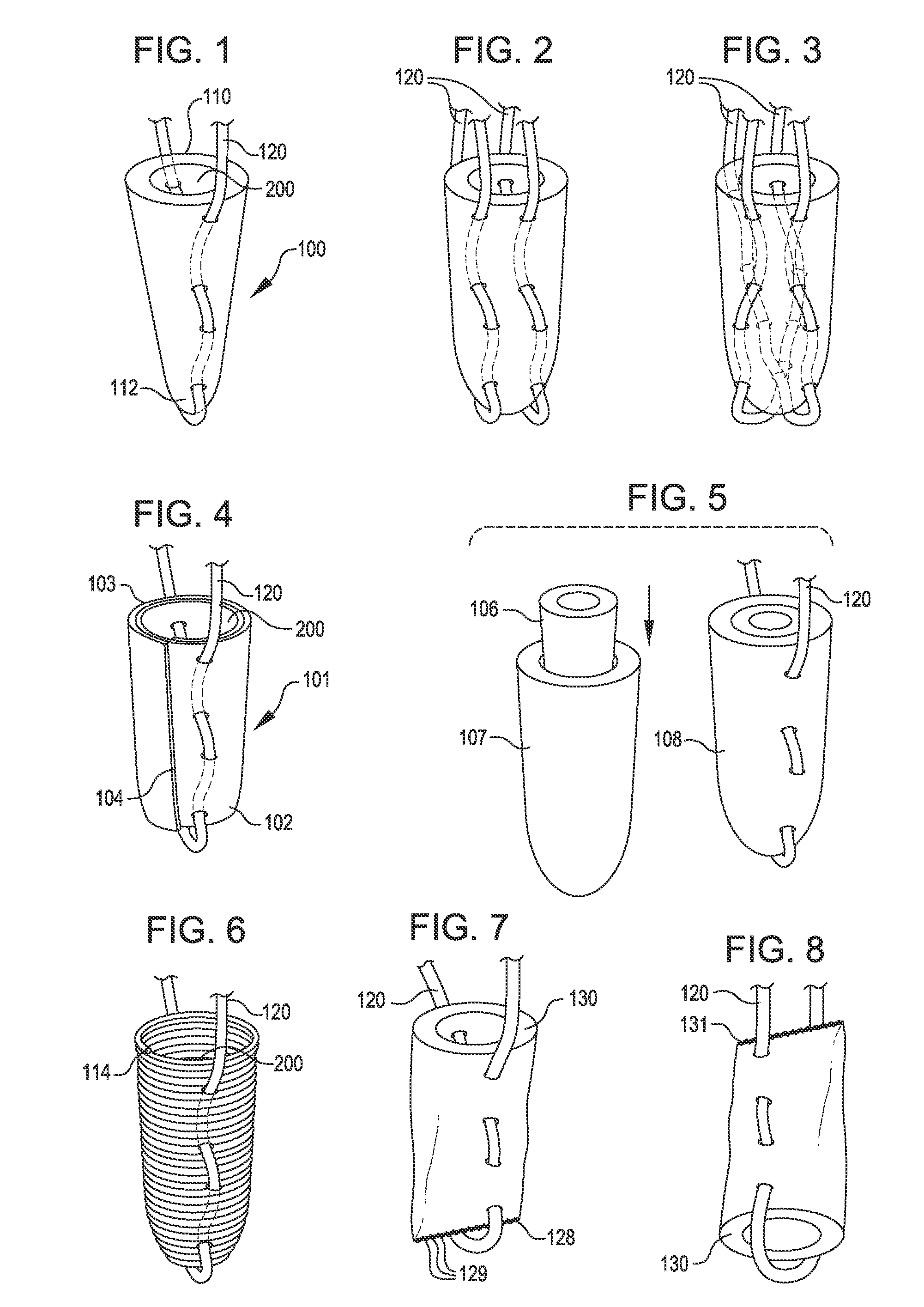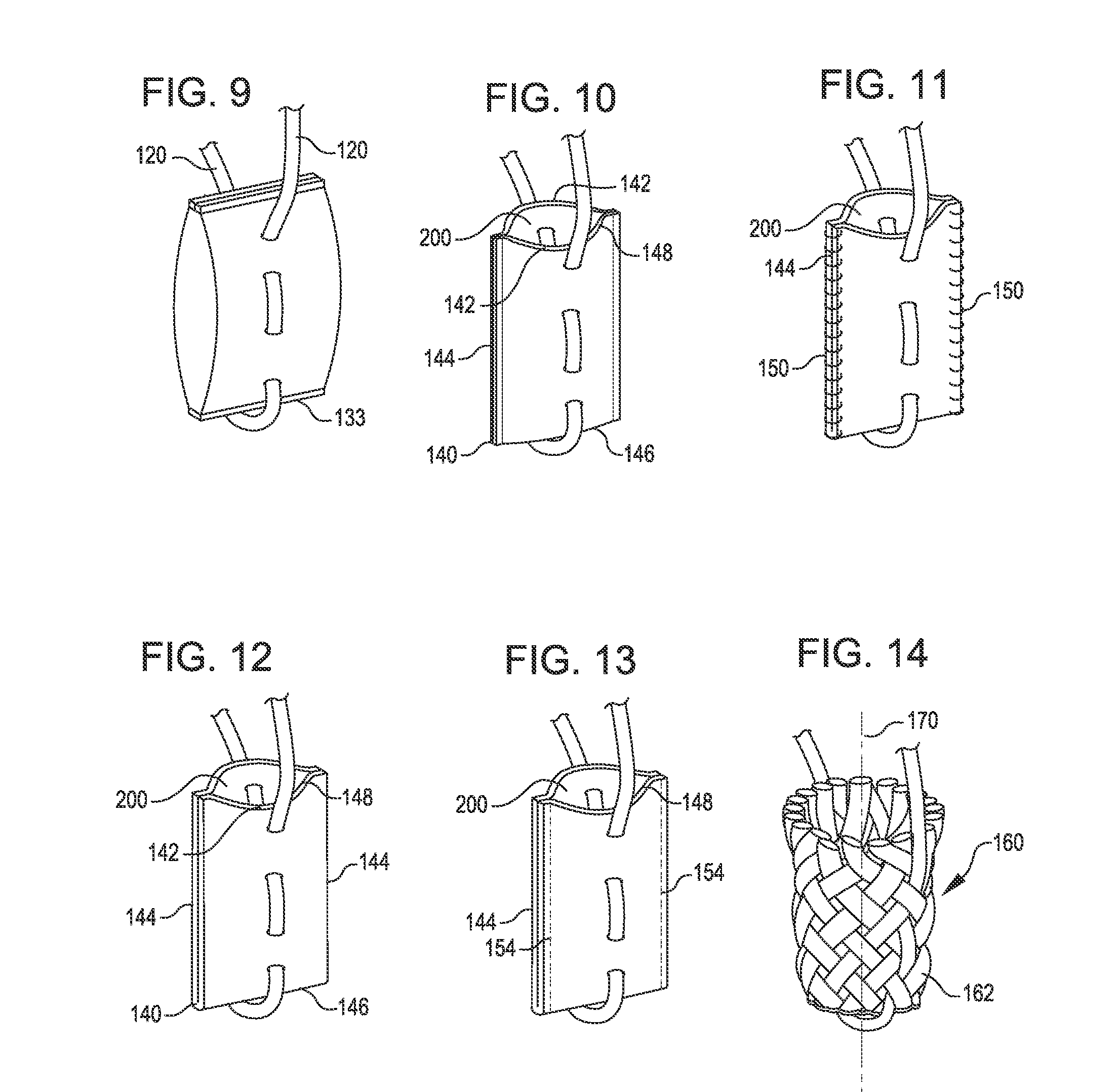Tissue repair assembly
a technology for repairing parts and tissues, applied in the field of tissue repair parts, can solve the problems affecting the healing effect, and requiring relatively large holes to be placed, and achieve the effect of reducing the radial distan
- Summary
- Abstract
- Description
- Claims
- Application Information
AI Technical Summary
Benefits of technology
Problems solved by technology
Method used
Image
Examples
Embodiment Construction
[0067]In the following description, various embodiments of the present invention will be described. For purposes of explanation, specific configurations and details are set forth in order to provide a thorough understanding of the embodiments. However, it will also be apparent to one skilled in the art that the present invention may be practiced without the specific details. Furthermore, well-known features may be omitted or simplified in order not to obscure the embodiment being described.
[0068]The technology disclosed herein would have a broad application in orthopedic surgery for an animal, such as a human. This includes repairs of tendons to bone, bone to bone, tendons to tendons, and ligaments to bone, including ligament reconstruction. Some of these procedures include, but are not limited to, labral repairs in the shoulder and hip, capsular plication, biceps tenodesis, anterior cruciate ligament reconstructions, rotator cuff repairs, meniscal repair, triangular fibrocartilage ...
PUM
 Login to View More
Login to View More Abstract
Description
Claims
Application Information
 Login to View More
Login to View More - R&D
- Intellectual Property
- Life Sciences
- Materials
- Tech Scout
- Unparalleled Data Quality
- Higher Quality Content
- 60% Fewer Hallucinations
Browse by: Latest US Patents, China's latest patents, Technical Efficacy Thesaurus, Application Domain, Technology Topic, Popular Technical Reports.
© 2025 PatSnap. All rights reserved.Legal|Privacy policy|Modern Slavery Act Transparency Statement|Sitemap|About US| Contact US: help@patsnap.com



